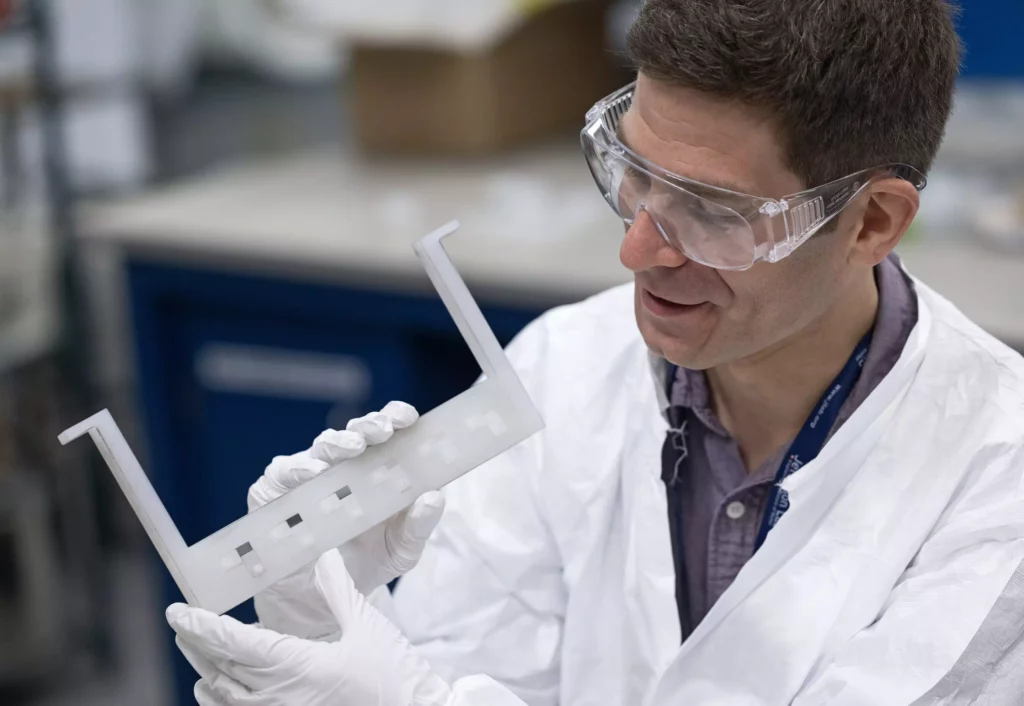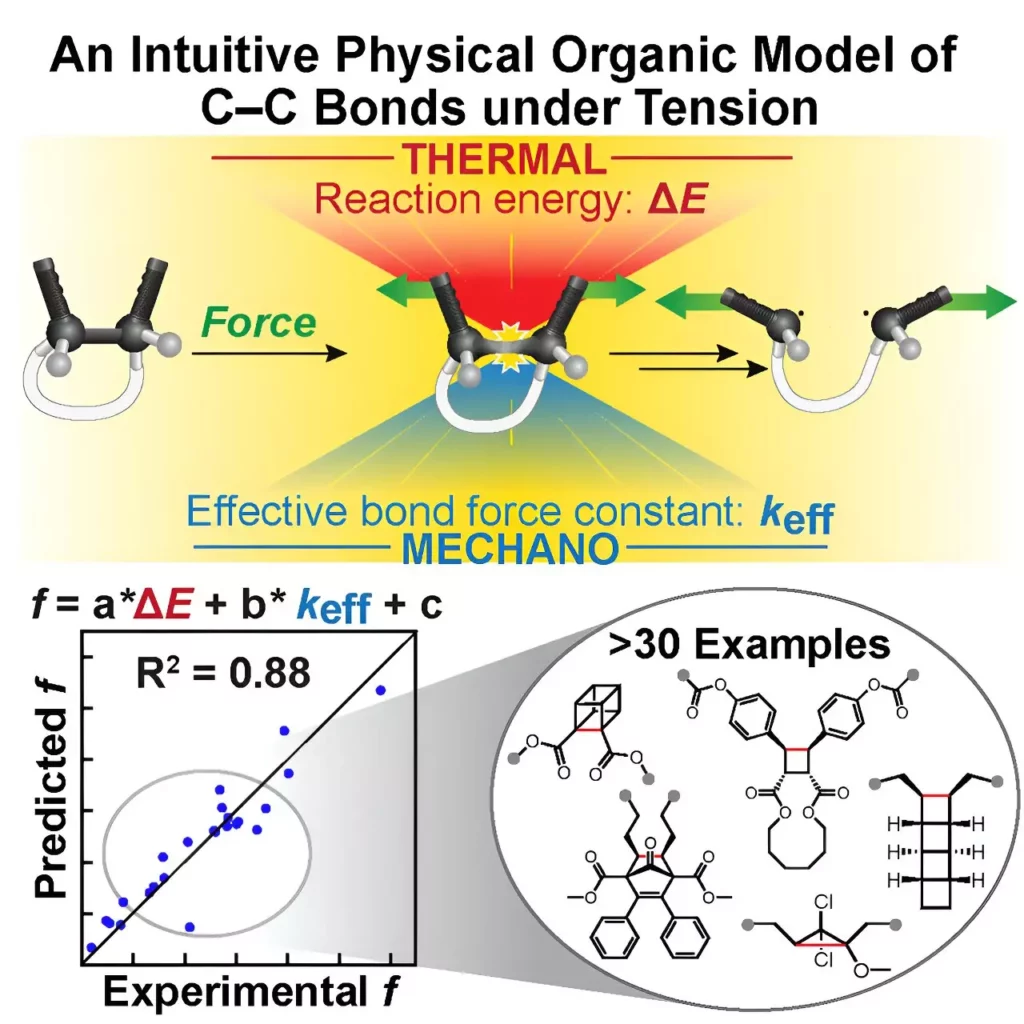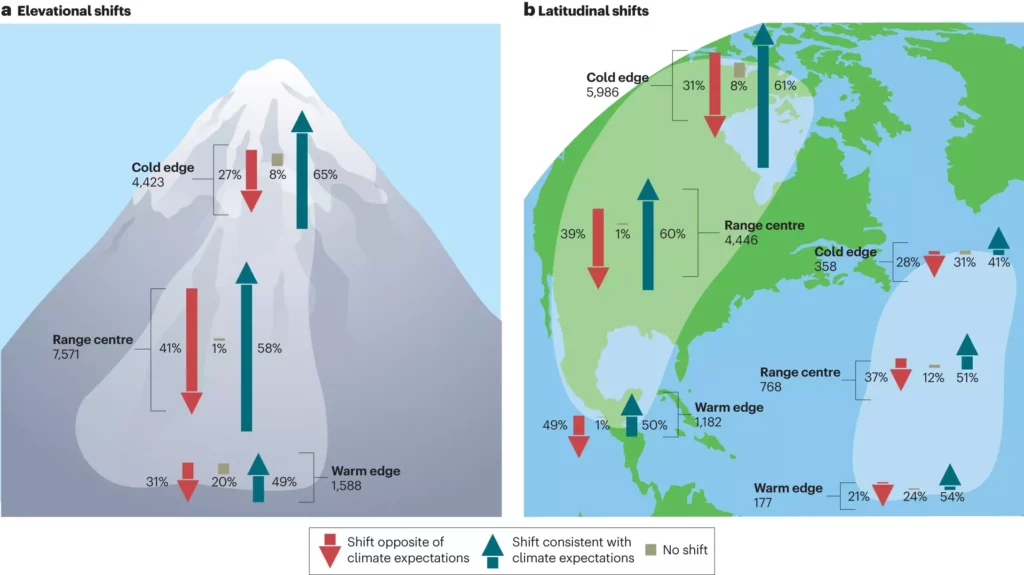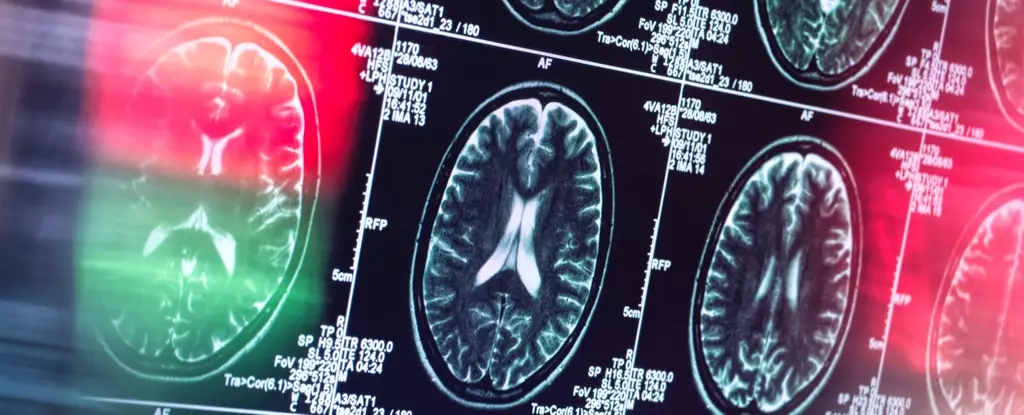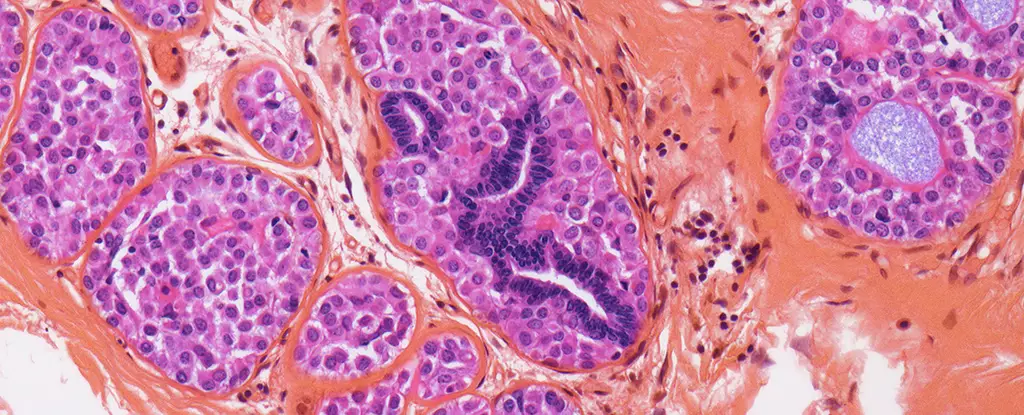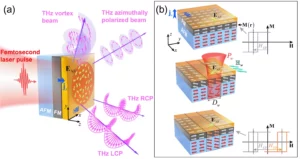For decades, the protein p-tau217 has been stigmatized as a pathological hallmark of Alzheimer’s disease, its presence tied closely to the onset and progression of neurodegeneration. In the traditional narrative, p-tau217 is considered a destructive agent—a chemically altered version of the tau protein that aggregates into tangles, disrupting brain cell function and leading to memory
Particle accelerators are some of the most expensive scientific instruments ever constructed, but their cost is justified by their unique ability to probe the deepest questions about the universe. These intricate devices rely heavily on superconducting niobium cavities, which are essential for the acceleration of particles. The quality and performance of these cavities directly influence
Mechanochemistry—the domain where mechanical force induces chemical change—has emerged as a transformative avenue for advancing material sciences, organic synthesis, and biomedical applications. Among mechanochemical systems, mechanophores play a pivotal role: these molecules respond to physical stress by undergoing specific chemical transformations. A particularly striking example is the recently developed NEO mechanophore, designed by chemists including
The ongoing rise in global temperatures has unleashed a wave of ecological shifts, compelling countless species to adjust their geographic ranges. But the reality of these movements, as recent research reveals, is far more nuanced than the straightforward logic of warming causing straightforward migrations to cooler areas. While it’s tempting to view climate change as
For decades, Alzheimer’s disease research has been almost entirely monopolized by efforts to understand and target beta-amyloid, a brain protein long believed to be the core culprit in the disease’s progression. This singular focus has shaped both scientific inquiry and drug development, but despite massive investments, it has failed to yield a definitive cure or
In the ongoing quest to understand Alzheimer’s disease, multiple factors such as genetics, mental health, and lifestyle habits have traditionally dominated the conversation. However, emerging evidence suggests a surprising link between surviving breast cancer and a reduced risk of Alzheimer’s dementia. This revelation, drawn from an extensive South Korean study, challenges earlier assumptions and opens
The cosmos’ infancy is perhaps the most tantalizing frontier in modern astronomy. We know that the Universe began in darkness, a dense sea of primordial particles slowly cooling and coalescing. Yet for decades, the direct evidence of the very first stars—their masses, lifespans, and influence—remained frustratingly elusive. Thanks to groundbreaking theoretical work and the forthcoming
Coffee has long been celebrated for its energizing qualities and, more recently, for potential health benefits. However, a growing body of evidence points to an often-overlooked factor: what we add to our coffee can dramatically alter its effects on longevity. A recent extensive study conducted by researchers at Tufts University delved into how additives like
Astrophotography often demands not just skill but a remarkable amount of patience and serendipity. A prime example of this is the recent achievement by Arizona-based astrophotographer Andrew McCarthy, who managed to seize a breathtaking moment while photographing the International Space Station (ISS) transiting the Sun. While images of the ISS silhouetted against celestial bodies are
Metabolic dysfunction-associated steatotic liver disease (MASLD), a condition characterized by excessive fat accumulation in the liver, has silently burgeoned into a global epidemic, affecting approximately one in three individuals worldwide. This liver ailment is far from benign—it predisposes patients to inflammation, fibrosis, and even liver cancer, while intertwining dangerously with obesity and type 2 diabetes.
In today’s health-obsessed culture, adopting certain diets or rigorous exercise routines is often celebrated as a sign of discipline and self-care. Yet beneath this veneer of wellness, these behaviours can sometimes indicate a far more troubling relationship with food and body image. The line between health-conscious choices and harmful patterns is frustratingly blurry, and many
Parkinson’s disease has long been perceived as a purely neurological disorder, primarily tied to the degeneration of dopamine-producing cells within the brain. This dopaminergic deficit leads to the hallmark motor symptoms familiar to patients and clinicians alike. However, recent research emerging from a team at Wuhan University challenges this conventional wisdom by spotlighting an unexpected
Richard Feynman famously highlighted the atomic nature of matter as a fundamental truth worth passing to future generations. This is no exaggeration—understanding atoms is essential because they constitute all objects with mass, essentially everything we can see and touch. Atoms consist of a dense nucleus formed by protons and neutrons, surrounded by a cloud of
Parkinson’s disease remains a formidable challenge in neurology, primarily due to the difficulty in detecting it early enough to significantly alter its course. Traditional diagnostic methods, involving clinical observation and brain imaging, often fail to capture the disease at its infancy. However, recent research has uncovered an intriguing and unconventional biomarker source: earwax. Unlike skin
In an exciting development in material science, a team spearheaded by Dr. Florian Auras at the Dresden University of Technology has made significant advancements in the burgeoning field of covalent organic frameworks (COFs). This team has birthed a novel two-dimensional polymer whose properties can be precisely and reversibly manipulated. This innovative leap not only showcases


